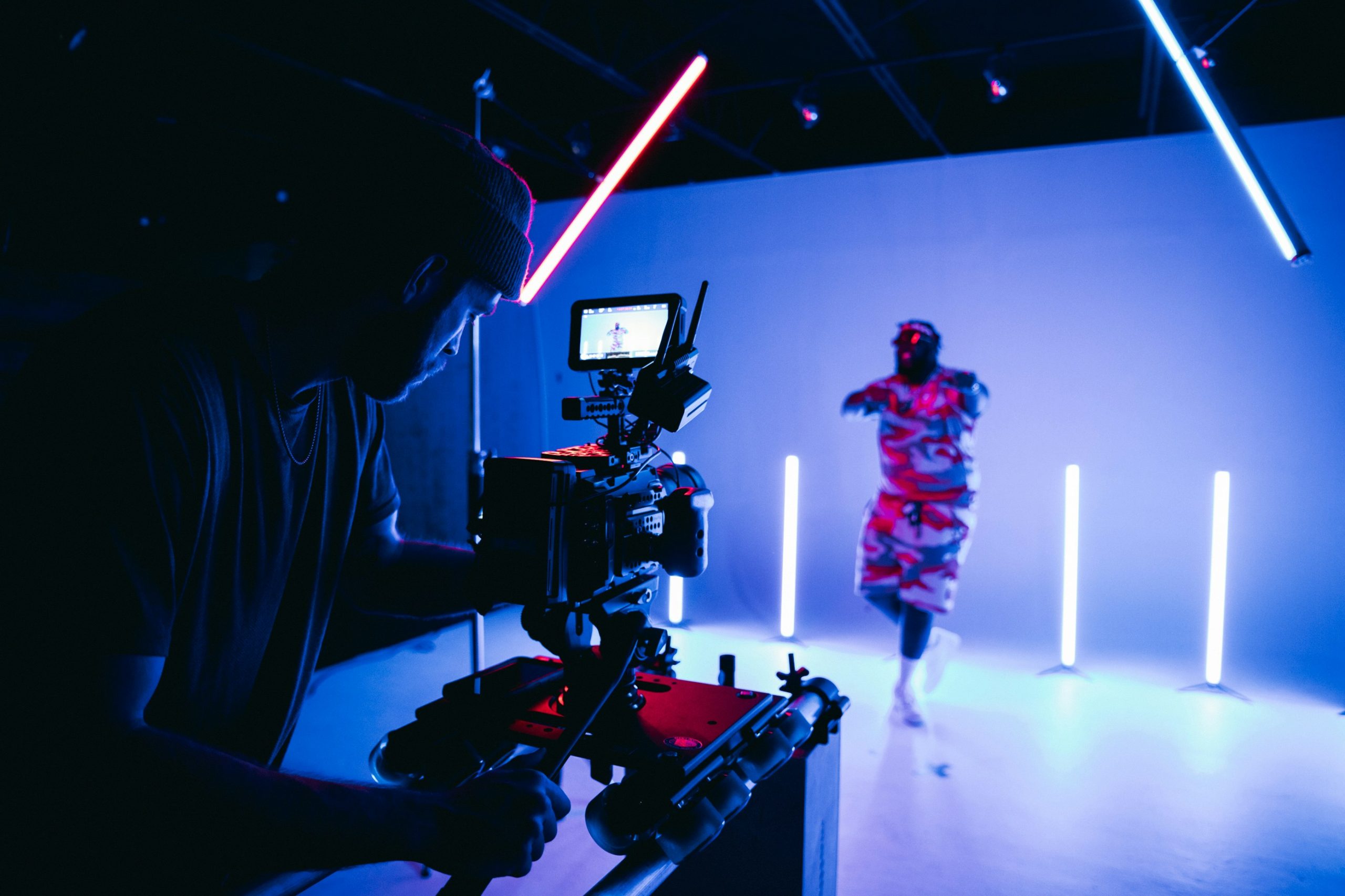Ruby Marzovilla on the Cultural Impact of Music Video Dance Crazes
Ruby Marzovilla is a seasoned professional in sports medicine, choreography, and wellness consulting. With a background in anthropology and biochemistry from Oberlin College, she has supported student-athletes through sports medicine aid and contributed to public health initiatives such as disability justice training at COLAGE National events. Ruby also creates personalized fitness programs that teach proper weightlifting form and promote healthy living. Her choreography work spans from viral TikTok routines to professional music videos, including contributions to Zoe Ervolino’s Tropicana and Backpack Ben’s No Good. Known for blending movement, visual storytelling, and wellness, Ruby brings a unique lens to understanding the powerful influence of music videos on culture and communication.
In modern times, “viral dance” refers to a choreographed dance that becomes popular with mainstream audiences. These dances typically spread through social media platforms such as TikTok, Instagram, and YouTube. However, dance crazes have predated social media for several decades. Also known as novelty or fad dances, dance crazes typically enjoy a short burst of popularity with broad audiences, with long-lasting exceptions ranging from the “YMCA” dance to “The Twist.”
Often, music videos start and promote the crazes. One of the most straightforward and successful examples of a music video dance craze is the Bayside Boys remix of the Los del Rio song “Macarena.” The video, directed by Vincent Calvet, starred Mia Frye, a choreographer who developed a simplified version of the “Macarena” dance. The original dance had evolved based on impromptu moves made by members of Los del Rio at live shows as audiences imitated them. Songs and dances have an impact. In the United States, “Macarena” enjoyed one of the longest-ever runs atop the Billboard Hot 100 chart, spending 33 weeks on the chart before hitting No. 1. The song held the position for 14 weeks and finished its run with 60 total weeks, the longest for a No. 1 hit until Adele’s “Rolling In the Deep” more than 15 years later. The dance was a staple at weddings, school dances, and major events, including the 1996 Democratic National Convention.
While many successful music videos have utilized more complex choreography in the years since “Macarena,” simplicity remains highly effective. For example, the highly popular dance from the Soulja Boy music video “Crank That” consists of only a few basic steps. Like many songs that launch dance crazes, “Crank That” features lyrics describing and naming the dance moves, such as “Watch me crank it, watch me roll, then Superman.” The video features the dance dozens of times throughout the short clip, allowing audiences to absorb and repeat the steps easily.
Certain music video dances surpass the “dance craze” trend and elevate to the point of being pop culture phenomena. This was the case with Psy’s “Gangnam Style.” The K-pop song came out in the summer of 2012 and became the first YouTube video to garner over one billion views later that year. Psy performed a somewhat humorous dance in the video, perhaps most notably mimicking riding a horse. He repeated the dance at live shows and promotional videos shot at various locations worldwide. The success of the video and song for “Gangnam Style,” which has logged multiple platinum certifications in numerous countries, hardly scratches the surface of the dance’s cultural impact. Psy’s outfit in the music video became a popular Halloween costume; countless television shows and movies used the song and dance, and a diverse range of public figures and celebrities danced, from United Nations Secretary-General Ban Ki-Moon to International Space Station flight engineer Clayton Anderson.
Finally, while dance crazes have short lives, a select few music videos have helped certain dances achieve permanent popularity. Individuals still replicate and parody Madonna’s signature movements from “Vogue” decades later. Similar examples include DJ Casper’s “Cha Cha Slide,” Beyonce’s “Single Ladies,” and Michael Jackson’s “Thriller.”
